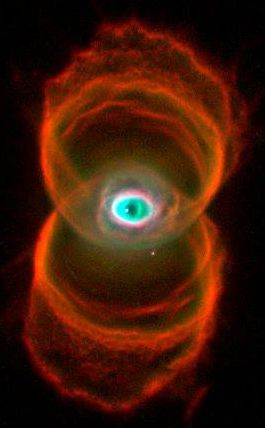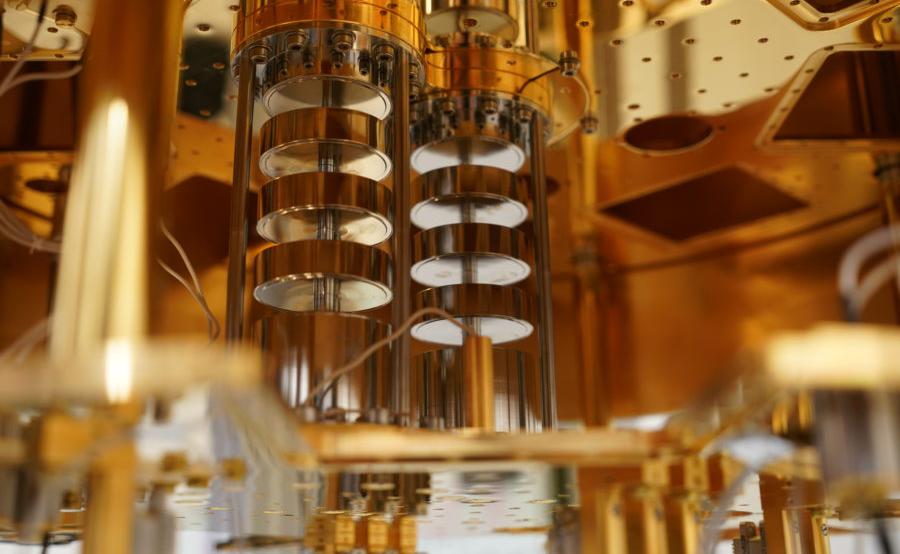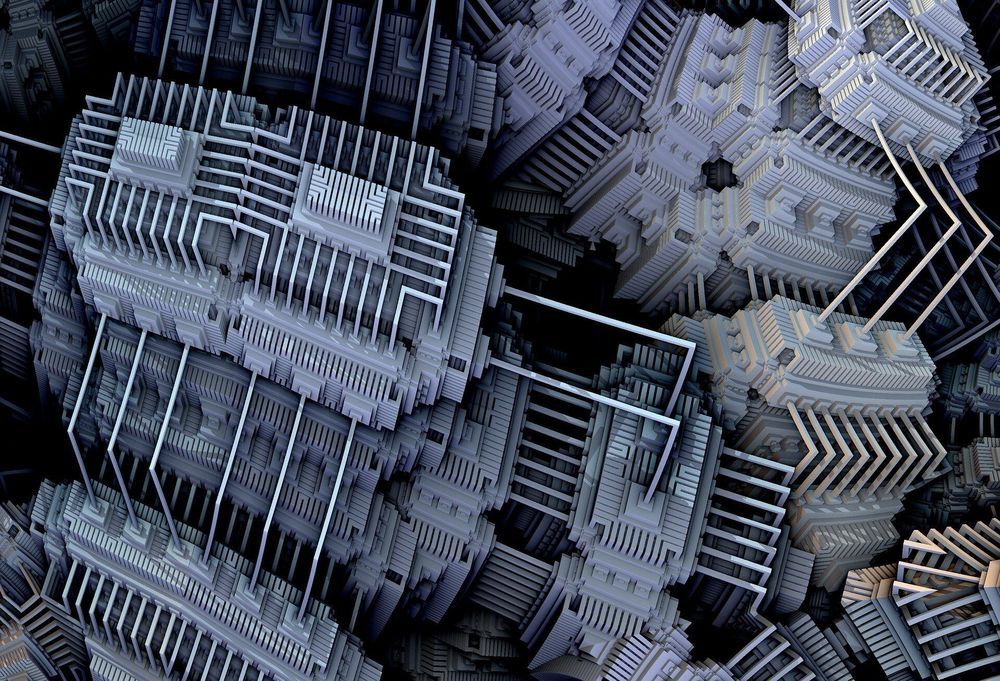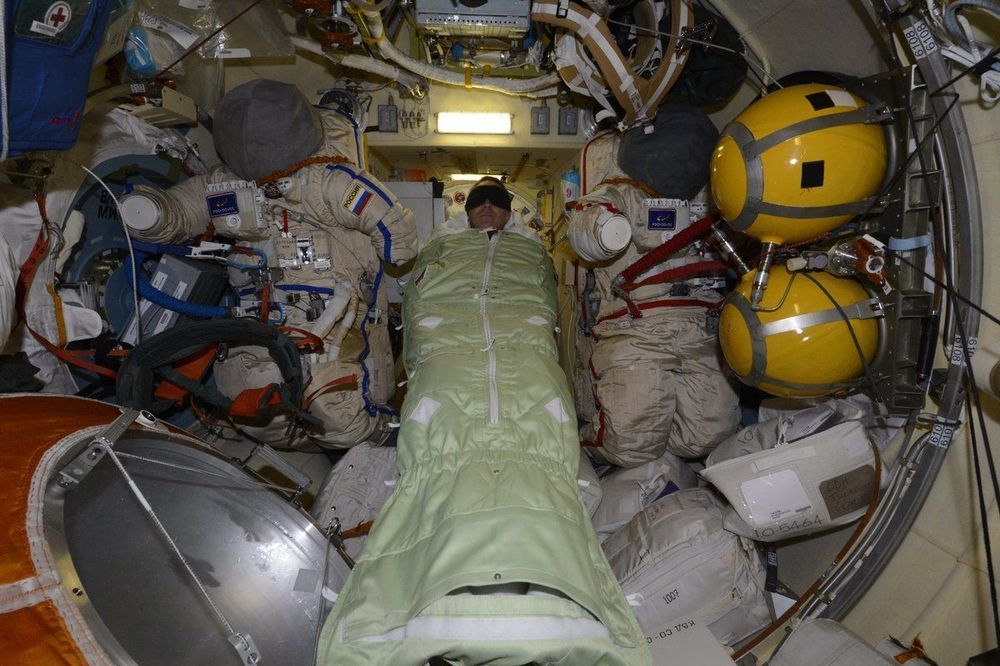
Get the latest international news and world events from around the world.

USA Giant Robot
This 12-ton robot will represent Team USA in an epic robot duel.

Intel Advances On The Road To Quantum Practicality
Clarke urges other companies to also get ready now by investing in developing a quantum-ready workforce. “Quantum computing requires a specialized workforce, expertise that is pretty rare today,” he says. Clarke also advises companies to work with government agencies that are sponsoring quantum computing experiments and to fund quantum research in universities. He also supports nation-wide initiatives to spread the word all the way down the education system, even to high-school students, “so people aren’t scared or intimidated by the word quantum.”
Intel aims to achieve quantum practicality—commercially-viable quantum computing—by the end of this decade.


Researchers on a path to build powerful and practical quantum computer
For the first time, researchers have designed a fully connected 32-qubit trapped-ion quantum computer register operating at cryogenic temperatures. The new system represents an important step toward developing practical quantum computers.
Junki Kim from Duke University will present the new hardware design at the inaugural OSA Quantum 2.0 conference to be co-located as an all-virtual event with OSA Frontiers in Optics and Laser Science APS/DLS (FiO + LS) conference 14—17 September.
Instead of using traditional computer bits that can only be a zero or a one, quantum computers use qubits that can be in a superposition of computational states. This allows quantum computers to solve problems that are too complex for traditional computers.


Mosquitoes armed with bacteria beat back dengue virus
Nov 2019 NATIONAL HARBOR, MARYLAND
—In a handful of cities around the world, mosquitoes have been armed with a microscopic weapon against disease. The bacterium Wolbachia pipientis blocks the insects’ ability to spread fearsome viruses such as dengue, Zika, and chikungunya. Since 2011, researchers have been injecting Wolbachia into the eggs of Aedes aegypti mosquitoes and releasing the hatched insects, which spread this protection to their offspring. But the field has been waiting for evidence that this approach actually reduces disease in people.
Field trials suggest public health benefit to spreading Wolbachia.
Learning to pilot a real-life GIANT mech suit
Your dreams of piloting a giant mech are now reality.


Benjamin Franklin
Benjamin Franklin FRS FRSA FRSE (January 17, 1706 [O.S. January 6, 1706] – April 17, 1790) was an American polymath and one of the Founding Fathers of the United States. Franklin was a leading writer, printer, political philosopher, politician, Freemason, postmaster, scientist, inventor, humorist, civic activist, statesman, and diplomat. As a scientist, he was a major figure in the American Enlightenment and the history of physics for his discoveries and theories regarding electricity. As an inventor, he is known for the lightning rod, bifocals, and the Franklin stove, among other inventions.[1] He founded many civic organizations, including the Library Company, Philadelphia’s first fire department,[2] and the University of Pennsylvania.[3]
Franklin earned the title of “The First American” for his early and indefatigable campaigning for colonial unity, initially as an author and spokesman in London for several colonies. As the first United States ambassador to France, he exemplified the emerging American nation.[4] Franklin was foundational in defining the American ethos as a marriage of the practical values of thrift, hard work, education, community spirit, self-governing institutions, and opposition to authoritarianism both political and religious, with the scientific and tolerant values of the Enlightenment. In the words of historian Henry Steele Commager, “In a Franklin could be merged the virtues of Puritanism without its defects, the illumination of the Enlightenment without its heat.”[5] To Walter Isaacson, this makes Franklin “the most accomplished American of his age and the most influential in inventing the type of society America would become.